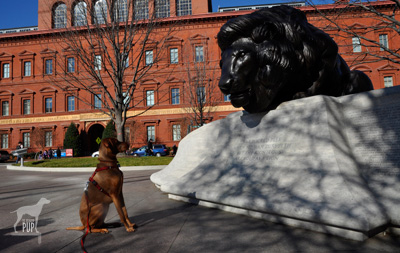
At the National Law Enforcement Officers Memorial, Tavish meets the steady gaze of one of four adult lions, sculpted in bronze by Raymond Kaskey (b. 1943). Beneath is chiseled Proverbs 28:1, “The wicked flee when no man pursueth but the righteous are as bold as a lion.” In the background is the former U.S. Pension Office which is now home to the National Building Museum.
An 80-foot-long reflecting pool. Low, gently curving marble walls. Four statuary groupings of stoic lions protectively watching over cubs. And names: thousands upon thousands of names. This is the National Law Enforcement Officers Memorial. Appropriately sited in Washington, DC’s Judiciary Square—a symbolic center of the U.S. criminal justice system—the Memorial has been a place for remembrance and introspection since 1991. Unlike some memorials which remain static after their initial dedications, this one is annually updated for the simple yet tragic reason that law enforcement officers continue to be killed in the line of duty. This year a total of 362 names joined the approximately 19,000 others already appearing on the marble panels. These entries represent the 163 officers killed in 2011, plus 199 officers who died in previous years and were recently discovered in historical records.
Though we had the grounds to ourselves when we visited on a weekend afternoon a couple months back, this is hardly a forgotten memorial. Two commemorative wreaths, a tiny American flag here, and a single fresh long-stem rose there gave evidence that others had come by recently to pay their respects. This scene is very different come May, when the Memorial figures prominently in the official events of National Police Week (always the calendar week surrounding May 15), first proclaimed by President John F. Kennedy in 1962. Commemorative activities annually draw anywhere from 25,000 to 40,000 attendees. There’s a candelight vigil at the Memorial—at that point completely lined with personal mementos, handwritten notes, and other tributes to fallen officers—and an official wreath-laying ceremony on the heels of the National Peace Officers Memorial Service on the west lawn of the U.S. Capitol.
But there were no crowds or candles or bagpipes that afternoon, and we were left alone to wander. A brochure supplied onsite provides a self-guided walking tour of some of the Memorial’s points of interest, and you can even use your cell phone to access a free, guided narration. The Memorial encompasses local, state, and federal peace officers, so you’ll see names ranging among the ranks of municipal police, park service rangers, correctional officers, and members of the U.S. Secret Service. Along the way you’ll learn that…
- the first known U.S. officer killed in the line of duty was Sheriff Cornelius Hogeboom of Hudson, New York, in 1786.
- more than 245 female officers’ names appear on the memorial.
- the deadliest day in U.S. law enforcement history was September 11, 2001, when 72 officers died responding to the terrorist attacks.
- the average age of officers on the Memorial is just 39.
It’s a poignant reminder that in no small measure we owe our public safety to the “thin blue line” of protection by the nation’s law enforcement officers.
Dogging the Details
 38°53′49.39″N, 77°1′2.32″W
38°53′49.39″N, 77°1′2.32″W
National Law Enforcement Officers Memorial, Washington, DC
If traveling by Metro, the Memorial’s three-acre plaza actually covers the underground Judiciary Square station stop on the Red Line. If arriving by car, metered parking spaces are usually available on weekends on the streets surrounding Judiciary Square.
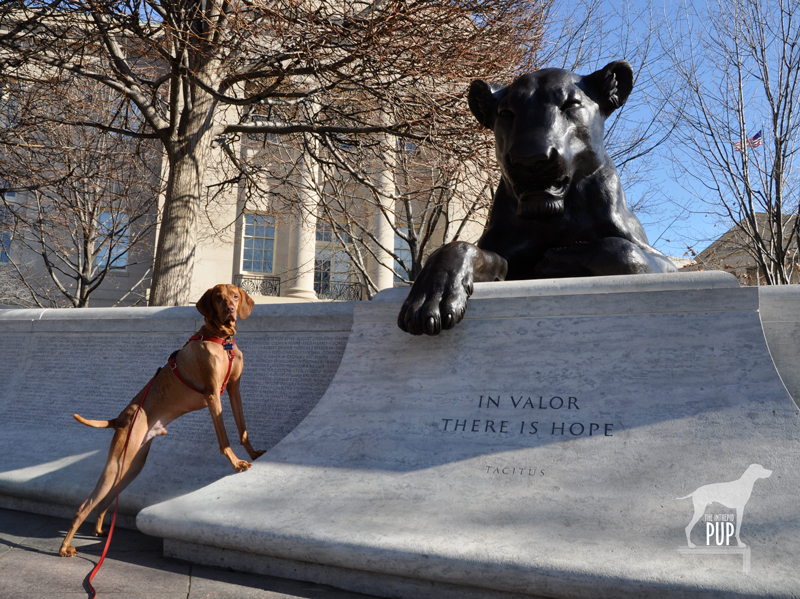
This section of the memorial bears a quotation from the early Roman senator and historian Tacitus: “In valor there is hope.”
The memorial grounds are open 24 hours a day, 365 days a year, making them very accessible to visit and scoring a “1” on the Intrepid Pup Wag-a-meter. Springtime is especially pretty with all the flowering trees and some 14,000 daffodils. Should you wish to locate and make an etching of a name, you can search the finding aid directories and obtain pencils and paper from any of the four information stations at the Memorial.
Construction has begun on the south side of the Memorial for a National Law Enforcement Museum slated to open in 2015. To extend the Memorial experience in the meantime, there is a small Memorial Visitors Center and Store located just a few blocks to the southwest, at 400 7th Street, NW. There you’ll find assorted law enforcement themed merchandise, a timeline of U.S. law enforcement history, plus interactive kiosks with more information about those honored at the Memorial.

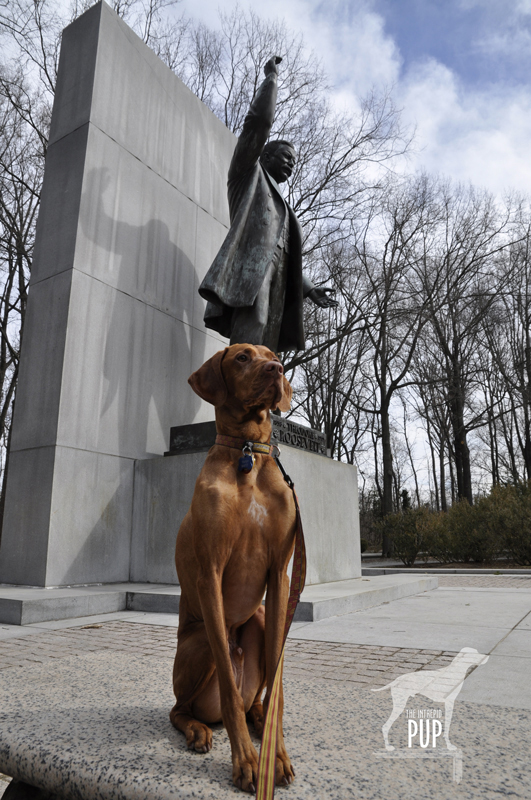 If you’re as big a fan of America’s national parks as
If you’re as big a fan of America’s national parks as 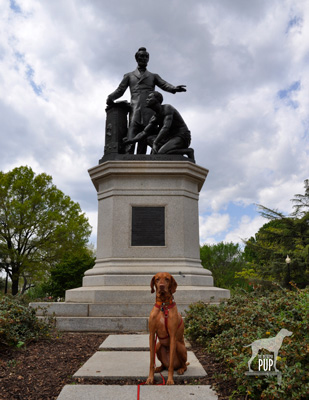


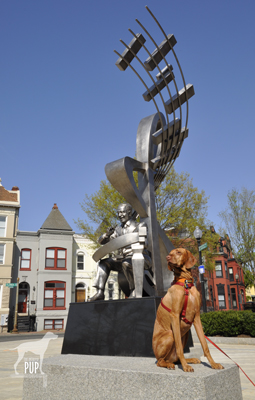

 Today's
Today's 








 to U.S. president Gerald Ford from Ford’s daughter and the White House photographer.
to U.S. president Gerald Ford from Ford’s daughter and the White House photographer.
